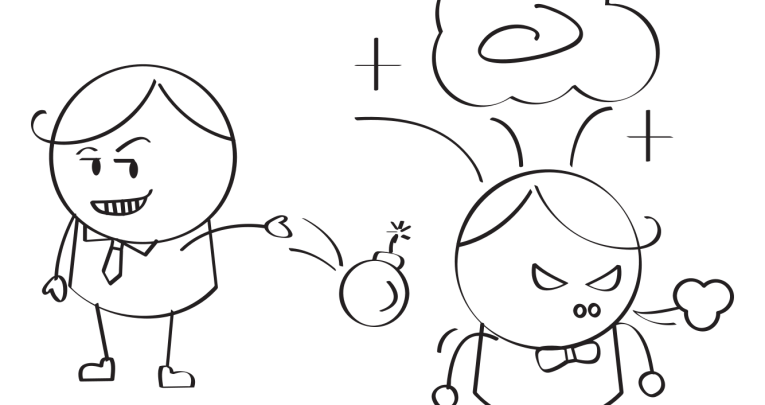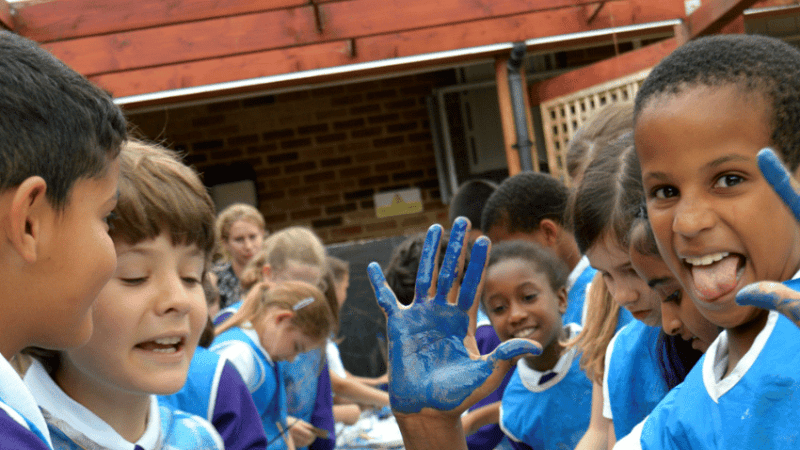Sometimes, Behaviour Management Comes Down to One Question: Are You Feeling Lucky?

You can have all the right techniques, says Tom Starkey, but sometimes it all comes down to luck

- by Tom Starkey

One of the things that doesn’t seem to be much discussed when it comes to behaviour in schools is group dynamics within the classroom. I’m not talking you and the kids; I mean the kids and the kids.
There’s a heavy emphasis on what a teacher can do to improve an individual’s behaviour (in some quarters there’s a belief that a teacher’s actions are the only thing that affects behaviour but as we all know, the people who subscribe to this are quite clearly completely and utterly insane) – in comparison however, the effect that different students have on each other seems relatively overlooked.
This could be down to a couple of things. It might be due to the fact that there is very little wriggle-room (if we don’t count streaming or other similar practices) with regard to who ends up in the class in front of us, so we accept the group as it is presented and just get on with it.
However, if we dig a little deeper I think the reason for the lack of focus on group dynamics is that with it an ugly truth rises close to the surface, which is to do with the notion of teachers being masters of their own fate.
In moving the focus away from the direct line of transmission of behaviour management from teacher to student we skirt close to a realisation that some find unpalatable, which is this:
The ease of a teacher’s success in behaviour management is very often down to the luck of the draw.
Now, behaviour as ‘register roulette’ might not be the most chirpy of ideas out there. It allows and admits a certain amount of chaos and chance when it comes to teaching – and who wants to admit that? It’s a depowering concept in a lot of ways.
I’m in no way saying that we defer our responsibility to do our utmost to create and maintain an environment where every student is allowed to learn, but on the other hand, I think there has to be some acknowledgement of other factors that have an influence within those four display-laden walls apart from the whiteboard marker-wielding person at the front. Group dynamics being one of them.
When it comes to the mix of students in a class, some are a golden draught and some are a steaming toxic slop barrel that glows yellow when you turn the lights off.
There might be a buzz in the room as children spark off each other in wonderful ways or there might a buzz in the classroom as children try to use sparks to set fire to each other in wonderful ways. Personality clashes, age-old grudges, even family feuds; all these can put paid to the best teaching in the world.
It means that the starting point for teachers when it comes to successfully managing a class differs, and that the journey is a lot harder for some than it is others given the hand that’s dealt. It’s not just you and them. It’s them and them. And him. And her at the back. And Daryl and Kim. They’re the worst.
For me, the relationships that kids form with each other and how those relationships manifest themselves in the classroom are infinitely more important than anything I can do directly.
Of course, teachers can dampen the effect of powder-keg classes, model good relationships and respect for others, shuffle and change seating plans, take key players aside and give them an earful if that’s what’s needed; but at the end of the day people are complicated, and the way they act towards each other is even more so.
Times this by a shed load if you’re talking about children.
We’re only one person in a room of thirty (if you’re lucky). That’s thirty minds and hearts all mixed together. It’s a small sea of humanity looking primarily to each other for affirmation, entertainment, threat, love (yuck) and a plethora of other wants and needs beside. Sometimes this means great things and sometimes it means a massive headache.
So have a think about group dynamics next time you’re in. Try to take yourself out of the equation and look at how they are with each other. It can sometimes open your eyes to a world outside your sphere of influence, where there are triggers and factors away from what you do. It’s a scary thought… but no-one ever said this teaching lark was going to be a doddle.
Tom Starkey is a teacher and writer who blogs at stackofmarking.wordpress.com. Follow him on Twitter at @tstarkey1212.











